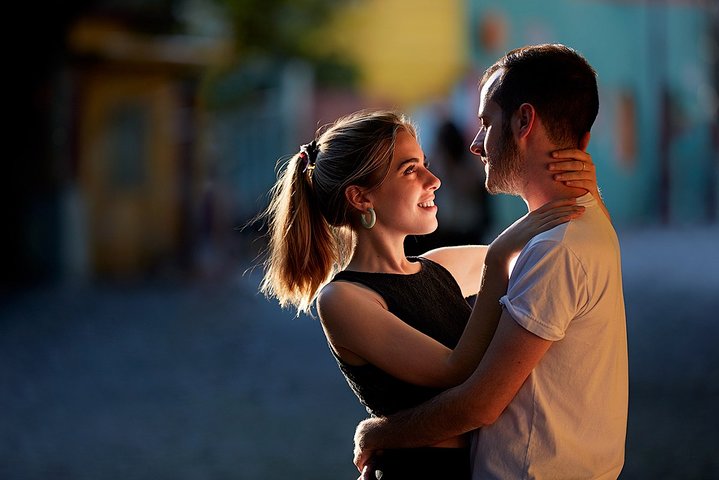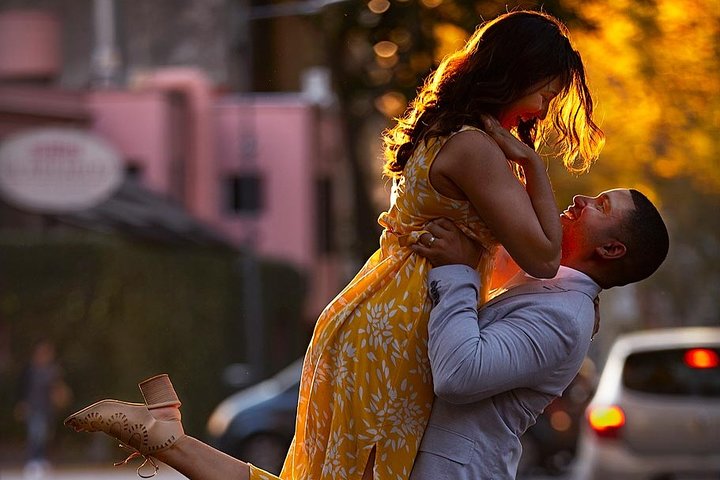Dancing Through the Colors of Caminito: A Buenos Aires Adventure
Drawn by the allure of Buenos Aires’ vibrant urban landscape, I embarked on a journey through the colorful streets of Caminito in La Boca. This iconic district, with its rich history and lively atmosphere, promised an unforgettable experience.
A Riot of Color and Culture
Stepping into Caminito in the heart of La Boca, Buenos Aires, is like stepping into a living, breathing canvas. The vibrant hues of the buildings, painted in a kaleidoscope of colors, immediately catch the eye. This is a place where history and art collide, where the past whispers through the cobblestones and the present dances in the streets. As a former city planner, I couldn’t help but marvel at how this once industrial area, home to Italian immigrants, has transformed into a cultural hotspot. The story of its revival, led by the renowned Argentine artist Quinquela Martín, is a testament to the power of art in urban renewal.
The streets are alive with the sounds of tango music, the clatter of market stalls, and the chatter of tourists and locals alike. It’s a sensory overload in the best possible way. Every corner offers something new to discover, from the street performers showcasing their tango skills to the myriad of shops selling everything from handmade crafts to quirky souvenirs. It’s touristy, yes, but that’s part of its charm. The energy is infectious, and I found myself swept up in the vibrant atmosphere, eager to explore every nook and cranny.
Tango, Tastes, and Traditions
One of the highlights of my visit was dining al fresco at one of the many street-side restaurants. As I savored a delicious Argentine steak, I was treated to an impromptu tango performance right on the cobblestones. The dancers moved with such grace and passion, their movements telling stories of love and longing. It was a quintessential Buenos Aires experience, one that I won’t soon forget.
For those looking to immerse themselves even further, there are opportunities to dress up and be photographed as a tango dancer. It’s a bit kitschy, but undeniably fun. The old railway lines and cobblestones add to the charm, a reminder of the area’s industrial past. As I wandered through the streets, I couldn’t help but think about how these same paths were once trodden by dockworkers and immigrants, their stories etched into the very fabric of the neighborhood.
Hidden Gems and Historical Echoes
Beyond the bustling main streets, there are quieter corners of La Boca that offer a glimpse into its rich history. The Museo Benito Quinquela Martín is a must-visit, showcasing the works of the artist who played such a pivotal role in the area’s revival. The museum is a cultural beacon, promoting art as a vital part of identity and community.
Another fascinating site is the Puente Transbordador Nicolas Avellaneda, a ferry bridge that stands as a monument to the city’s industrial heritage. Though its operational days are behind it, the bridge remains a striking piece of architecture, a reminder of the city’s ever-evolving landscape.
As I wrapped up my tour, I felt a deep appreciation for the resilience and creativity that have shaped La Boca. It’s a neighborhood that wears its history proudly, a place where the past and present coexist in a vibrant tapestry of color and culture. For anyone visiting Buenos Aires, a stroll through Caminito is an absolute must. It’s a journey through time, a celebration of art and life, and an experience that will leave you with a newfound love for this incredible city.






















































